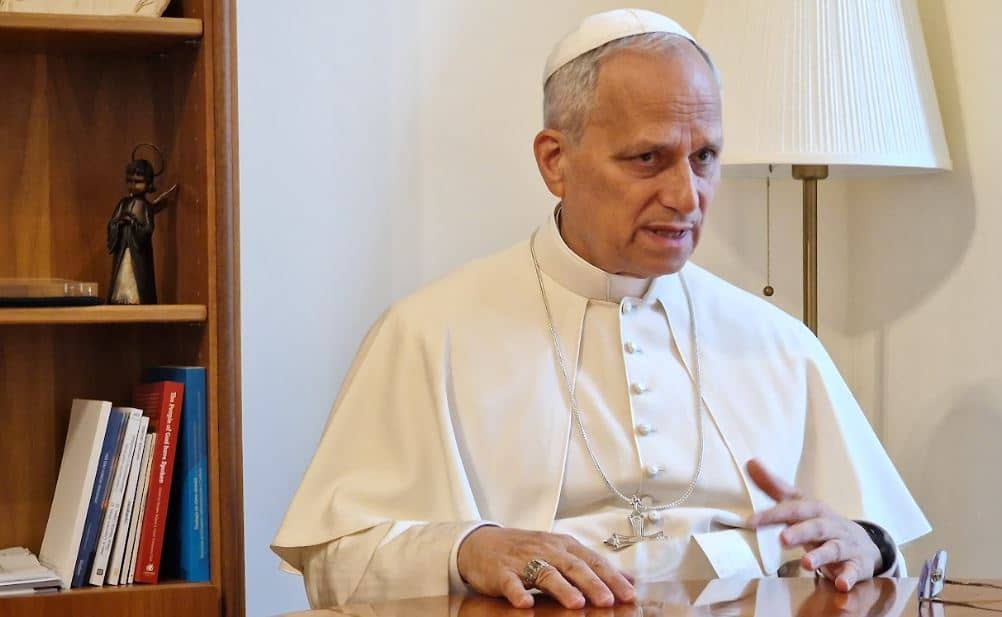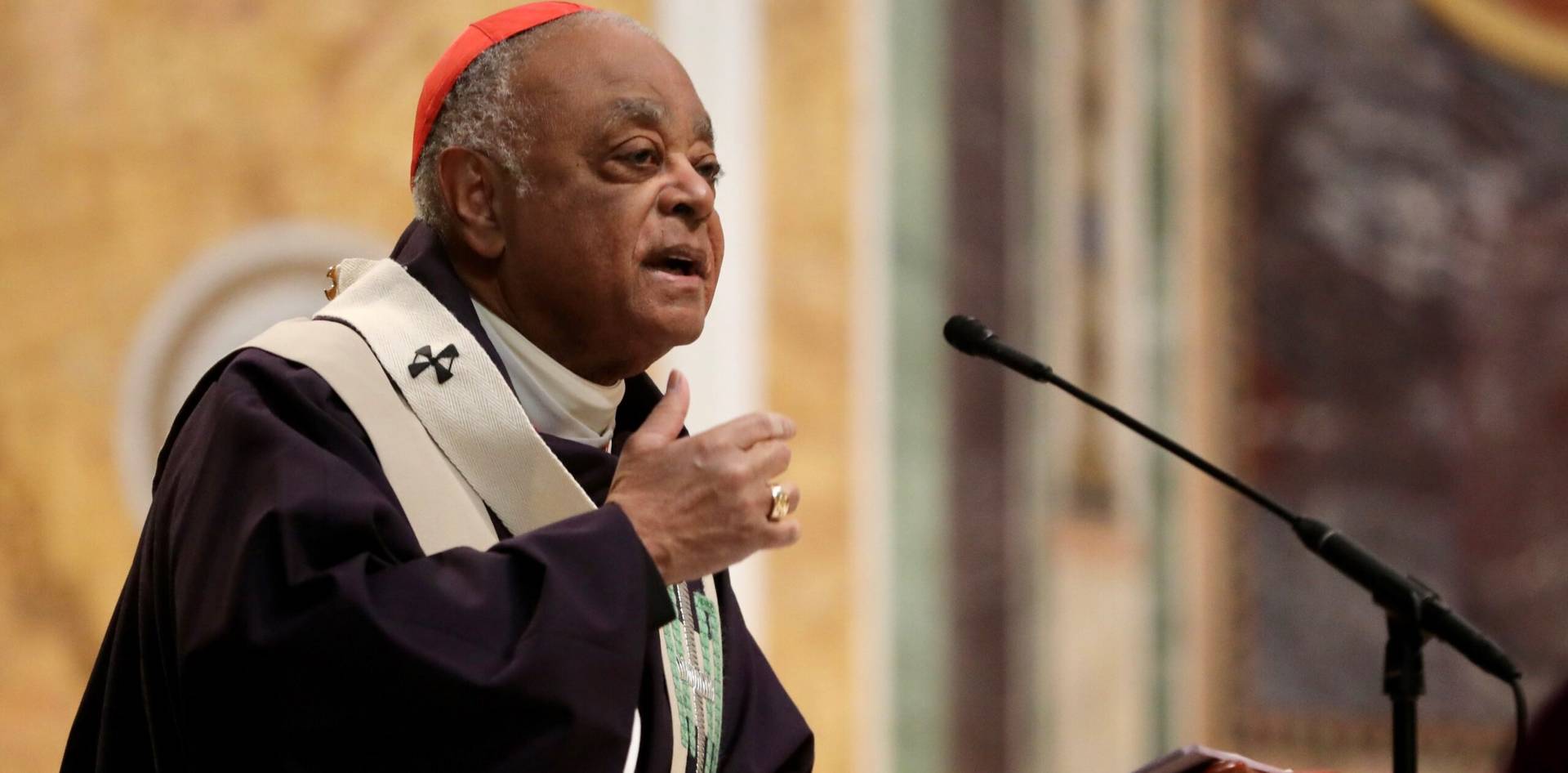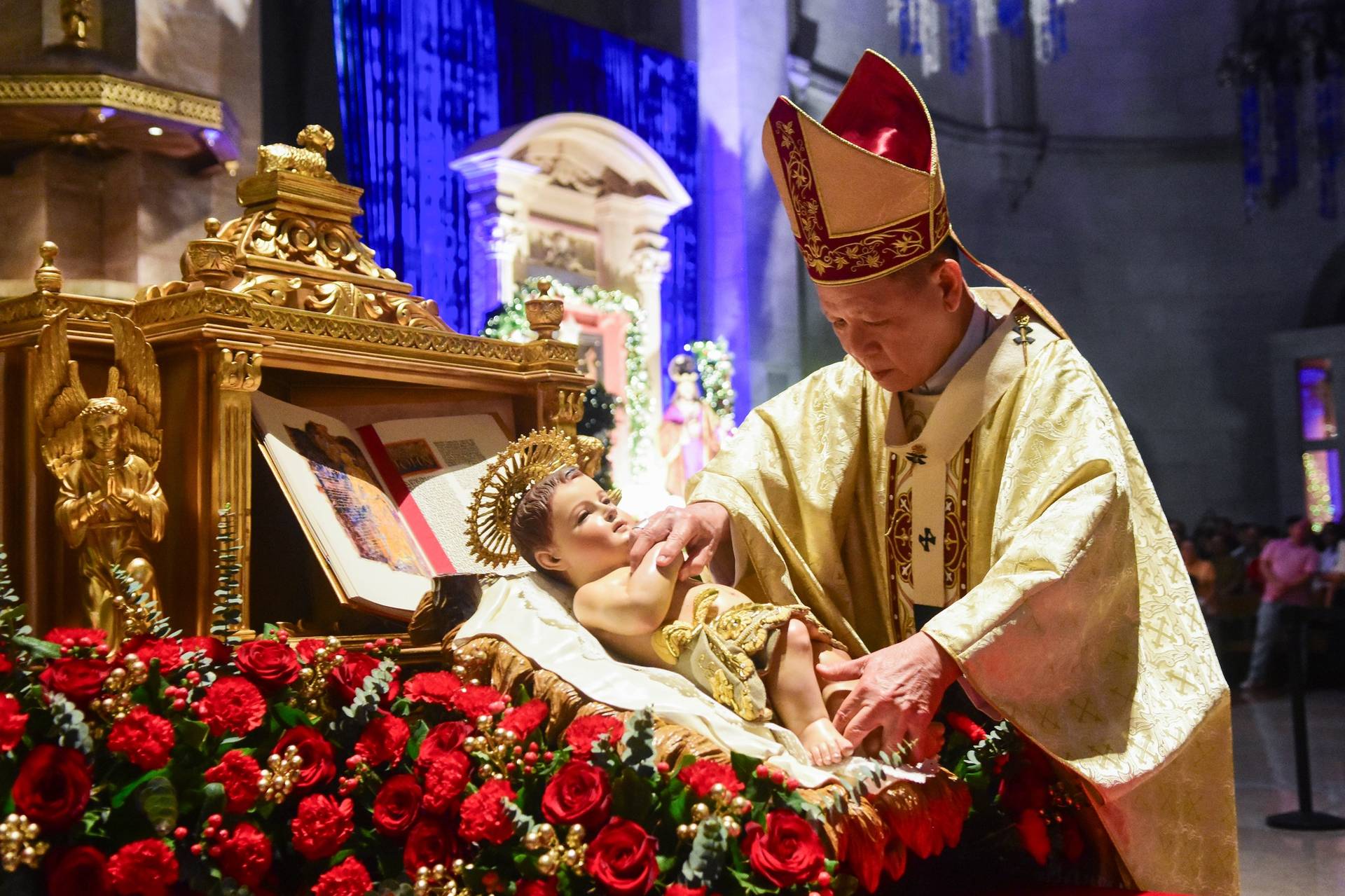ROME – This year marks the 500th anniversary of the Protestant Reformation, and since we’ve framed that world-changing event for a half-millennium now as “Catholics v. Protestants,” it’s easy to forget a simple truth about what happened on Oct. 31, 1517, and everything that followed: Martin Luther’s original audience was made up entirely, 100 percent, by Catholics.
“Five hundred years ago, Europe was a tinder box, it was ready to go aflame,” said Martin Marty of the University of Chicago, himself a Lutheran and one of America’s preeminent scholars of religion, in a recent Crux interview.
“Luther, an Augustinian friar, left his monastery and either posted by mail to the Archbishop of Mainz, or posted to the door of the church in Wittenberg in Saxony in southern Germany, 95 theses that he wanted to debate,” Marty said. “He hit exactly the points that were at issue in the hearts of so many people.
“They were all Catholics,” Marty said, “and it struck their hearts, because they were struggling with the same things he was.”
What that means, Marty suggested, is that despite centuries of bitter ecclesiastic rivalries, Protestants and Catholics have a common heritage, which he said has flowered in the modern ecumenical movement.
“I remember going once to a meeting of the World Council of Churches, where the topic was the nature of the unity we seek,” Marty said.
“The bureaucratic typist from Geneva who sent the draft to us in the press room had said that the goal of Christian unity is that all in each place come to a ‘full committee fellowship!’”
Marty said of course, the word was supposed to be, come to a ‘fully committed fellowship’ – “Today’s Catholic and Lutheran leadership are both committed to finding new ways to move toward that fully committed fellowship.”
Marty has recently published a book on the 500th anniversary of the Reformation titled October 31st, 1517: Martin Luther and the Day that Changed the World (Paraclete Press). He spoke to Crux about the legacy of the Reformation, the significance of the anniversary, and where things stand vis-à-vis Lutherans and Catholics.

The following are excerpts of that conversation, which took place in late August.
Crux: Five hundred years later, what’s the legacy of the Protestant Reformation?
Marty: This year, Lutherans and many other kinds of Protestants are spending a great deal of effort thinking about the era of 1517 and Martin Luther. I’d written a biography of Martin Luther earlier, and I’ve dealt with him in many of my writings. I’m essentially an historian of American religion, but we’re not easily confined – everything connects to everything.
At heart, what was it all about?
Five hundred years ago, Europe was a tinder box, it was ready to go aflame. Martin Luther, an Augustinian friar, left his monastery and either posted by mail to the Archbishop of Mainz, or posted to the door of the church in Wittenberg in Saxony in southern Germany, 95 theses that he wanted to debate. He hit exactly the points that were at issue in the hearts of so many people.
They were all Catholics and it struck their hearts, because they were struggling with the same things he was.
Essentially, based on the writings of Paul the Apostle, Luther argued that the Bible teaches something different than what had developed in the teachings of the Roman Catholic Church about penance.
You describe Luther’s first of those 95 theses as more or less the beating heart of Luther’s vision, and what would become the Protestant Reformation. Why is it so central?
The first thesis says that when our Lord and Master Jesus Christ said ‘repent,’ he meant that the whole Christian life should be one of repentance. My special twist on this is that I always thought repentance meant sadness, gloom, sourness, because that’s part of what’s called for.
But when you go deeper into it, part of what the theses are about is that repentance is also liberating, it means rejoicing. I picked up from Max Scheler, a great German scholar admired by Pope John Paul II, that the best way to think about what the word ‘repentance’ means is not sorrow for sin, but change of heart. The Greek word metanoia means, literally, turning around all the way.
I think that’s what Luther was after, and it’s what people were looking for. They didn’t want to pay for being right with God, they wanted it free, and Luther calls it ‘grace.’
When you talk about paying, you’re referring to the system of indulgences that had grown up in the Catholic Church. Can you talk about what those were, and what Luther’s objection to them was?
The indulgence system was related to the very ancient religious notion that if I want something from God, I have to bring something to God. But I will never have enough to bring, and therefore I can draw on the greatness of the saints who piled up extra virtues. These were bartered by the Church. You would go and confess to the priest, and then he would say, ‘Pay x, or do x.’

What bothered Luther and many people in Europe at the time was that the system had come down to a legal transaction. Rome wanted to build St. Peter’s Basilica, and the money was up in Germany and Switzerland and elsewhere. Italy was rather depleted at the time, so in town after town, somebody would come along to sell these things.
As far as Luther was concerned, that profaned the whole concept of having a change of heart.
You mention in the book that probably the most famous preacher and, if you like, salesman of indulgences in the era was a Dominican friar named Johann Tetzel. One thing you don’t mention, but I’ve heard over the years, is that Tetzel invented history’s first advertising jingle, which supposedly went: ‘When the coin in the coffer rings, the soul from purgatory springs!’ Do you know if that’s actually true?
It’s so embedded, there’s no way you can get behind it anymore. But it is so typical of him and what the issue was about, and it is an amazing advertising jingle. Who could resist? You toss in a coin, and the soul springs from purgatory. It was an act of genius, and it took a powerful counter-force for people to get liberated from it.

In writing about the 500th anniversary of the Protestant Reformation, you use the images of ‘heart’ and ‘soul.’ You say repentance was the heart of things on the Protestant side, but you also say there’s been a change in the Catholic soul over the last five centuries away from bitter confessional rivalries and towards closer ties with our ‘separated brothers and sisters’ – meaning, in effect, we no longer call you heretics!
Can you talk about that evolution a little bit as you see it, especially since the Second Vatican Council in the mid-1960s?
The change began to come with Pope John XXIII and the Second Vatican Council, and the explosion of interest in Catholicism in scripture studies. Protestants always thought that in Catholic churches [in Luther’s era] the Bible was chained so no one could steal it, but in reality it was chained because it was so rare. Printing had just been invented, and there weren’t that many Bibles around.
But Catholics were hungry too, and they started reading it. Luther was not alone in this. He was dependent on what we call ‘humanists,’ meaning people who learned ancient Greek and Latin, and he opened up a whole new world. That happened in Catholicism too, and it’s flowered in our time.
I’m a part-time preacher too, and now whenever I preach on Romans, I turn to the commentary by Raymond Brown, a Jesuit [see below], which is one of the best of the commentaries. Now at any important gathering, such as the Society of Biblical Literature, although it sounds funny to say, you can hardly tell the Protestants from the Catholics because they’re converging on this theme in a new way.
Some on the Protestant side will say that none of this means anything unless the Catholics take everything back. But nobody takes everything back, we are who we are. But looking into the future, there are no barriers at all.
For instance, looking at a document that’s several years old now that’s taught in all the seminaries and enhanced every time there’s a committee meeting, is the [1999] Joint Declaration on the Doctrine of Justification between the World Lutheran Federation and the Vatican.
I remember going once to a meeting of the World Council of Churches, where the topic was the nature of the unity we seek. The bureaucratic typist from Geneva who sent the draft to us in the press room had said that the goal of Christian unity is that all in each place come to a ‘full committee fellowship!’ Of course, the word was supposed to be, come to a ‘fully committed fellowship.’ Today’s Catholic and Lutheran leadership are both committed to finding new ways to move toward that fully committed fellowship.
First of all, I believe Raymond Brown was a Sulpician, not a Jesuit. I’m sure the Jesuits would love to be able to claim him, but I think this is one case in which they can’t!
Can you say a little more about the Joint Declaration on the Doctrine of Justification and why it matters?
Sure … Martin Marty, the non-Sulpician, answers! First of all, that there was a joint statement in the first place is remarkable. It was a 20 or 30-year process of regular meetings, always opening to the Bible and the whole history of the Church.
‘Justification by faith’ is, in a sense, a code-word for the whole idea of the free grace of God. It goes back to the notion that God justifies us, not by our works but by the gift of faith, and Catholic Biblical scholars all came to the same conclusion that that’s it. The joint statement makes that very clear.
It’s not something that leads you to say, ‘Ah, we Lutherans won!’ That would be really contrary to the whole theme. It’s that we came together, any and all future moves towards that fully committed fellowship will always be guided by this idea of justification, based on the study of scripture and the history of the Church.
Finally, last year Pope Francis went to Sweden on Oct. 31 for an ecumenical event with the head of the Lutheran World Federation. How do you see the significance of that trip?
First of all, I thought it was interesting he went to Sweden, which is the nation with the second highest number of Lutherans in the world after Germany. Guess number three? It’s Tanzania. Guess number four? Ethiopia. Lutheranism has moved south, and as Western Europe and North America are languishing spiritually in some ways, the southern world is dynamic.
I also thought it was interesting the way he tweaked the trip, or somebody else tweaked it, is that the Archbishop of Sweden and the pope held a joint service together, and the Archbishop of Sweden is a woman! That would have been just unimaginable even thirty years ago, and it was hardly remarked upon now. The big deal was that Lutherans and Catholic were getting together, the pope and the archbishop got together, and oh, by the way, she was a woman.
All of which just shows we’re in a different space than we used to be, doesn’t it?
Indeed, and we’re grateful to all the people who’ve made that possible, including all the Jesuits and Sulpicians and everybody else who are helping us understand it now.

















